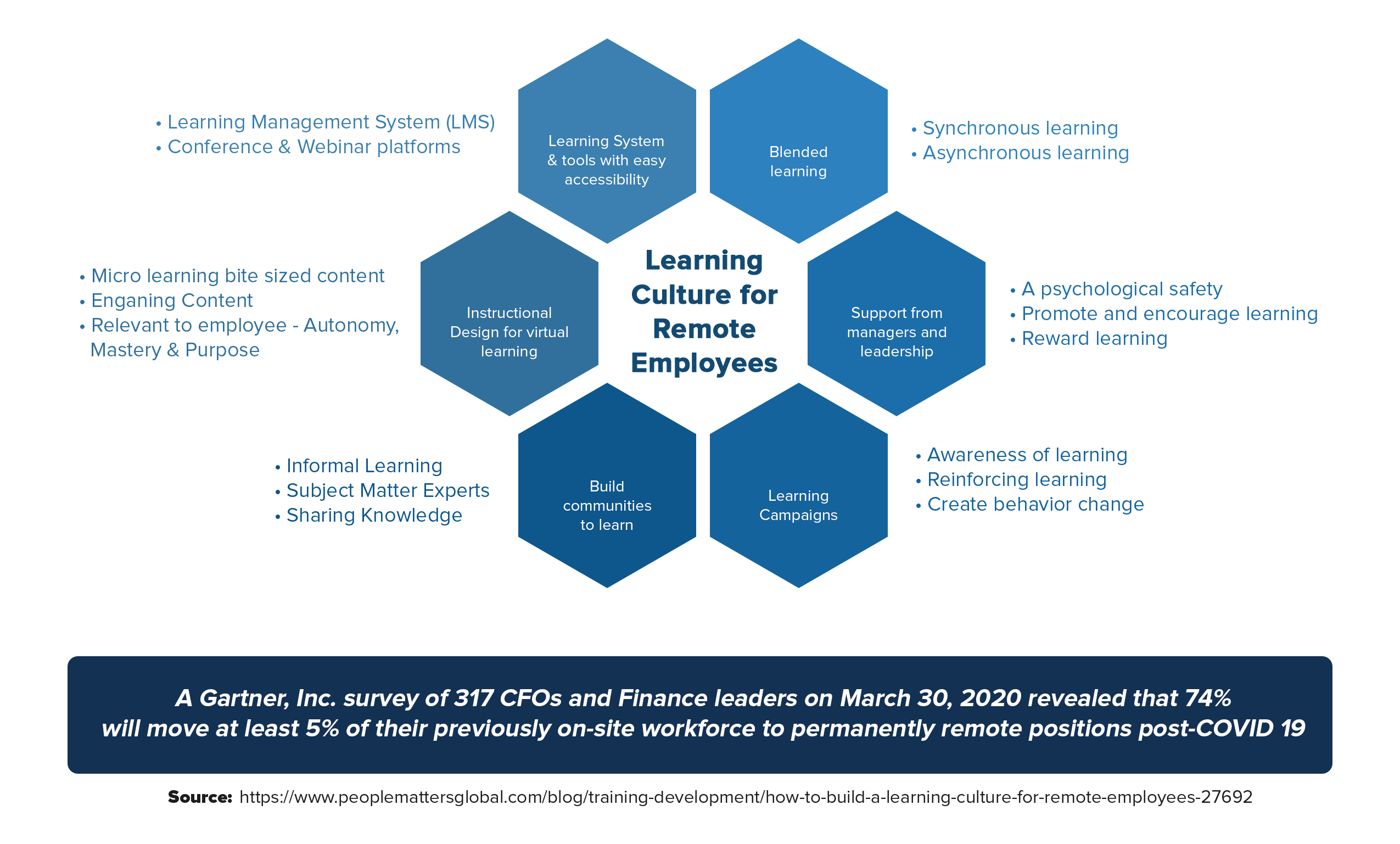[Workplace Culture, Talent, Leadership]
module_1684077620100152
resource-center/practical-ways-to-achieve-continuous-learning-development
module_1684077620100152
resource-center/practical-ways-to-achieve-continuous-learning-development
module_1684077620100152
resource-center/practical-ways-to-achieve-continuous-learning-development
As we explore methods for demonstrating continuous learning and development, it is essential to outline practical approaches that can be applied in various professional contexts:

Structured Learning
Structured learning encompasses how learners acquire new knowledge and abilities through pre-established, organized learning initiatives designed to achieve specific understanding objectives. These may include:
-
- Higher education courses from universities or colleges
- In-house training programs
- External workshops or conferences
- e-Learning courses
- Mobile learning courses
- Massive Open Online Courses (MOOCs)
Collaborative Learning
Collaborative learning covers how learners interact, converse, collaborate, and learn from others to expand their knowledge or acquire new skills. This can be both formal and informal, comprising:
-
-
Engaging in discussions and collaborations on social media
-
Discovering blogs or additional resources for deeper insights
-
Collaborating with colleagues
-
Participating in coaching and mentoring programs
-
Receiving on-the-job training
Independent Learning
The process of acquiring new skills or enhancing one's knowledge and comprehension can extend beyond formal training or collaboration with others. Independent learning can involve:
-
-
Conducting research and reading to gain a profound understanding of a subject
-
Listening to relevant podcasts or watching instructional videos
-
Experimenting and exploring new concepts or techniques
The path to continuous learning and development is not a one-size-fits-all journey. It comprises structured learning for those who thrive with a guided, organized approach; collaborative learning to leverage the power of social interaction and shared knowledge; and independent learning for those who prefer carving out their own learning trail. The combination of these approaches creates a holistic learning ecosystem that supports professional growth. Organizations and individuals should encourage a blend of these strategies to foster a culture of continuous learning. The end goal is not just to learn, but to apply, innovate, and create using the gained knowledge in the ever-evolving professional landscape.





